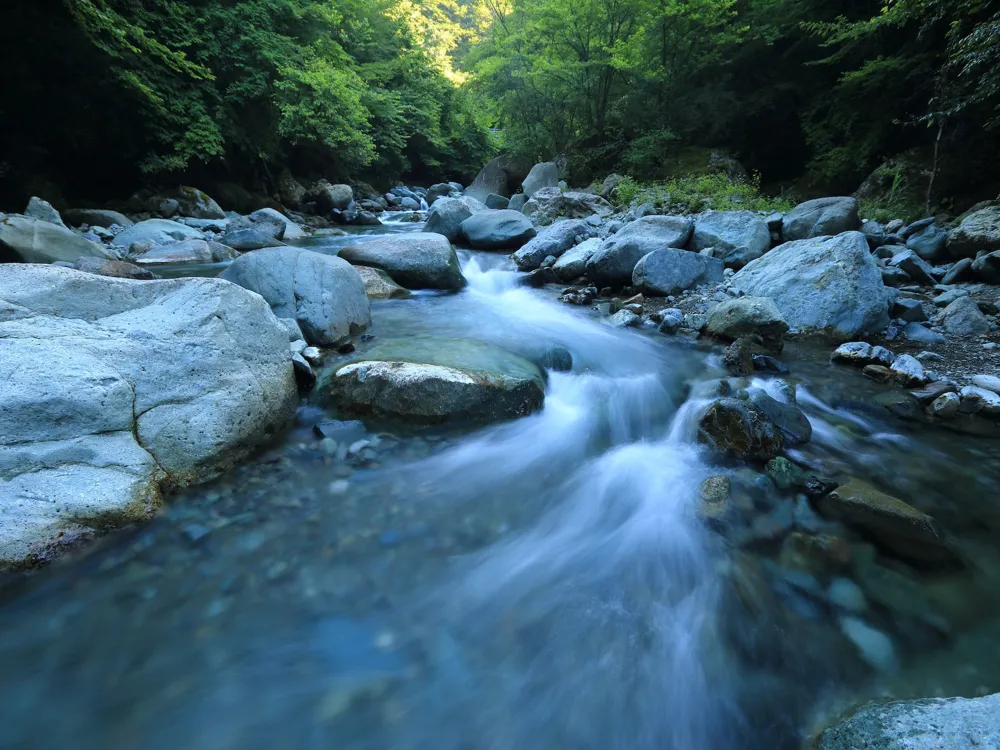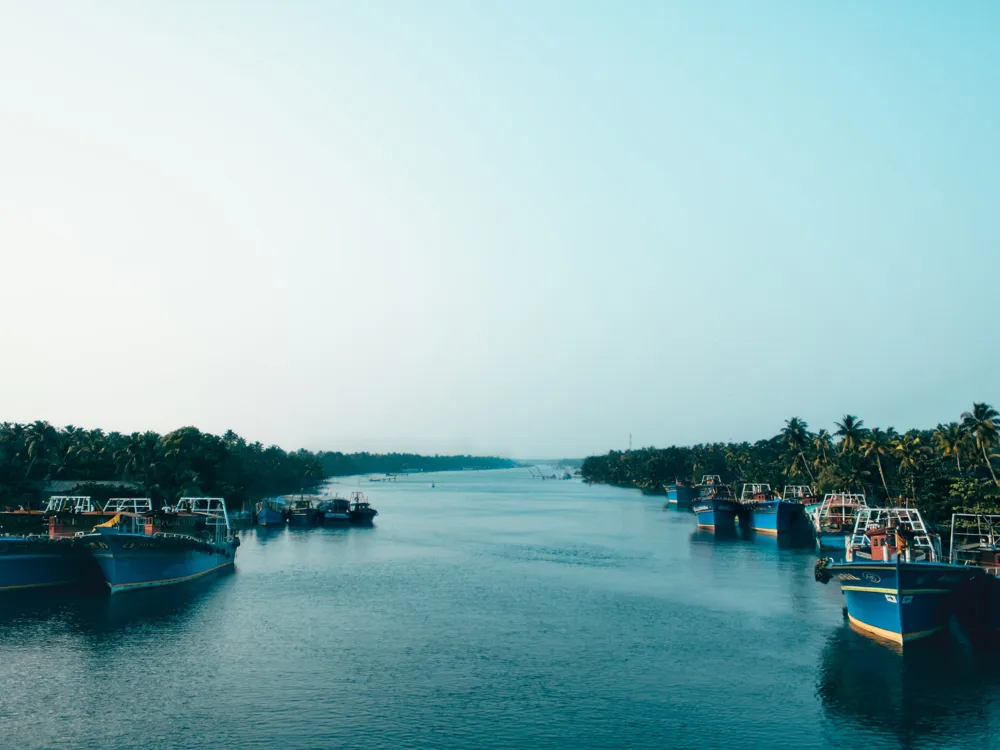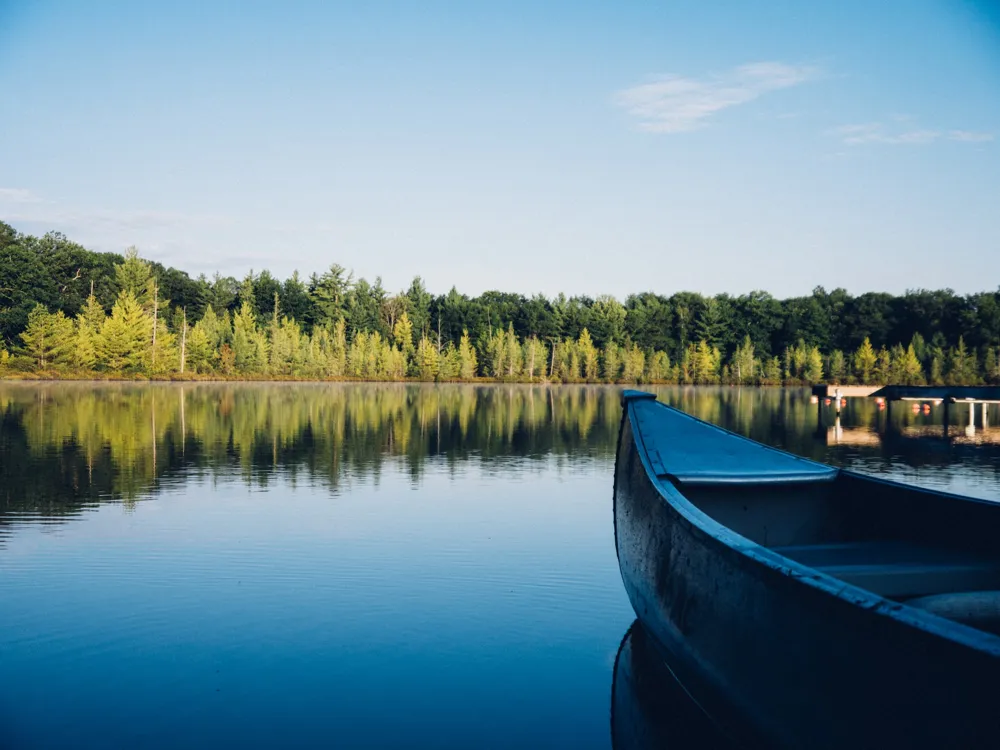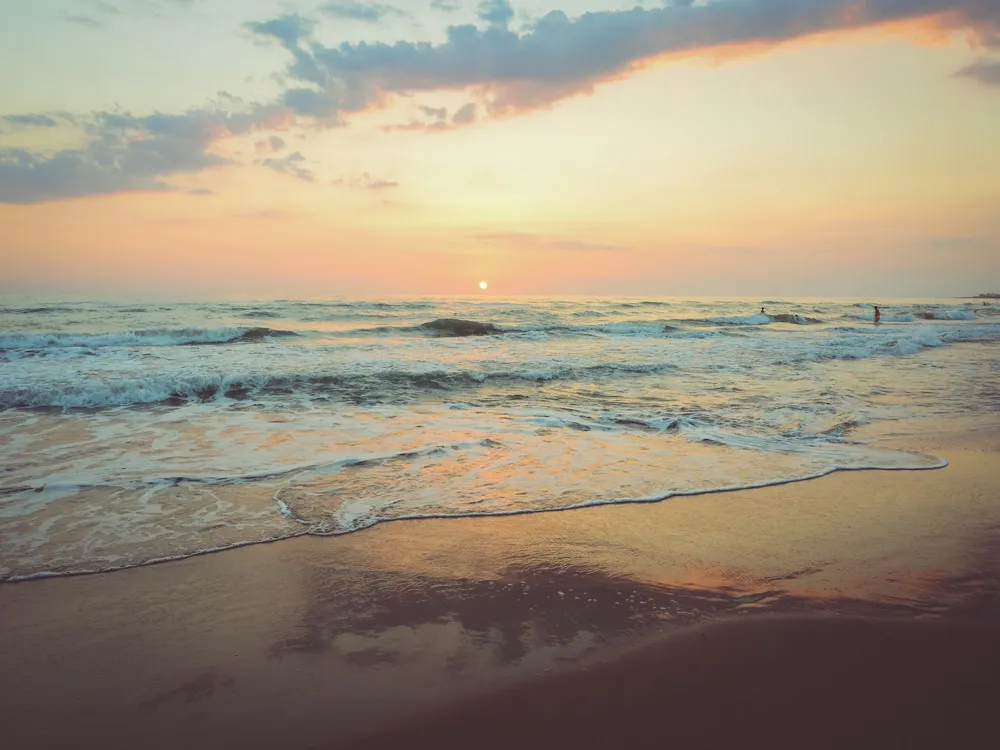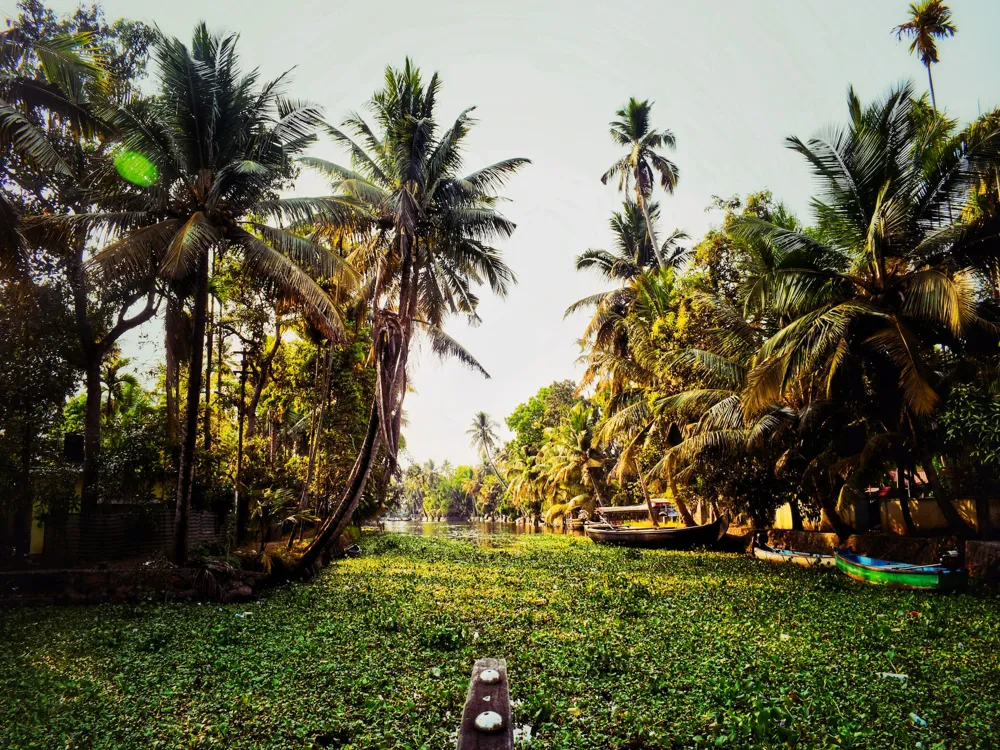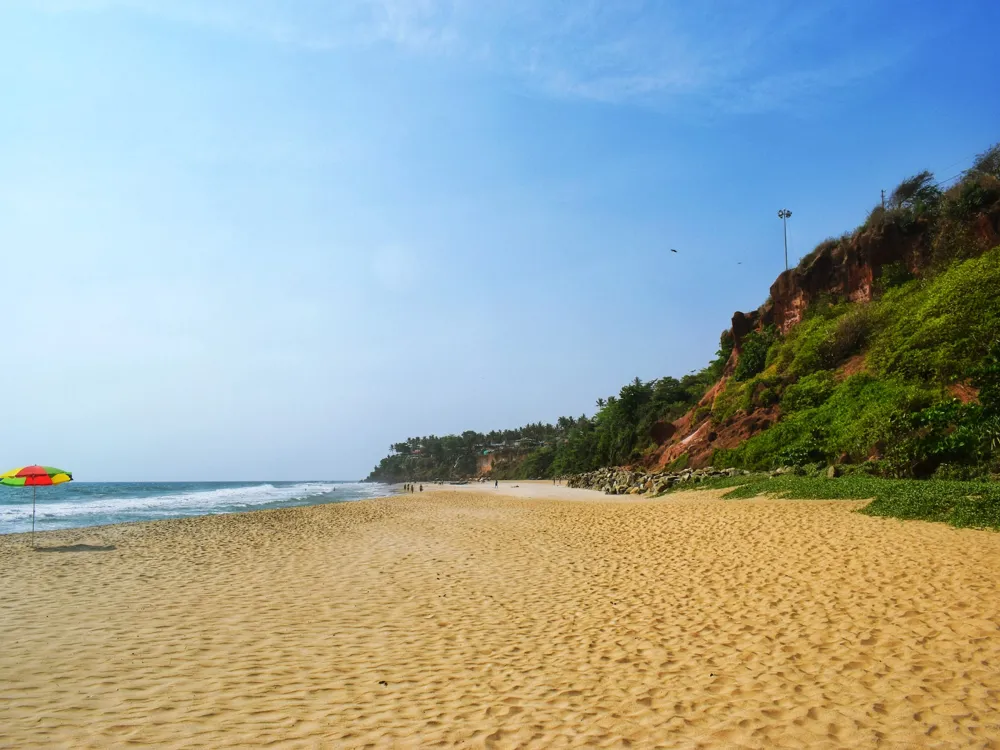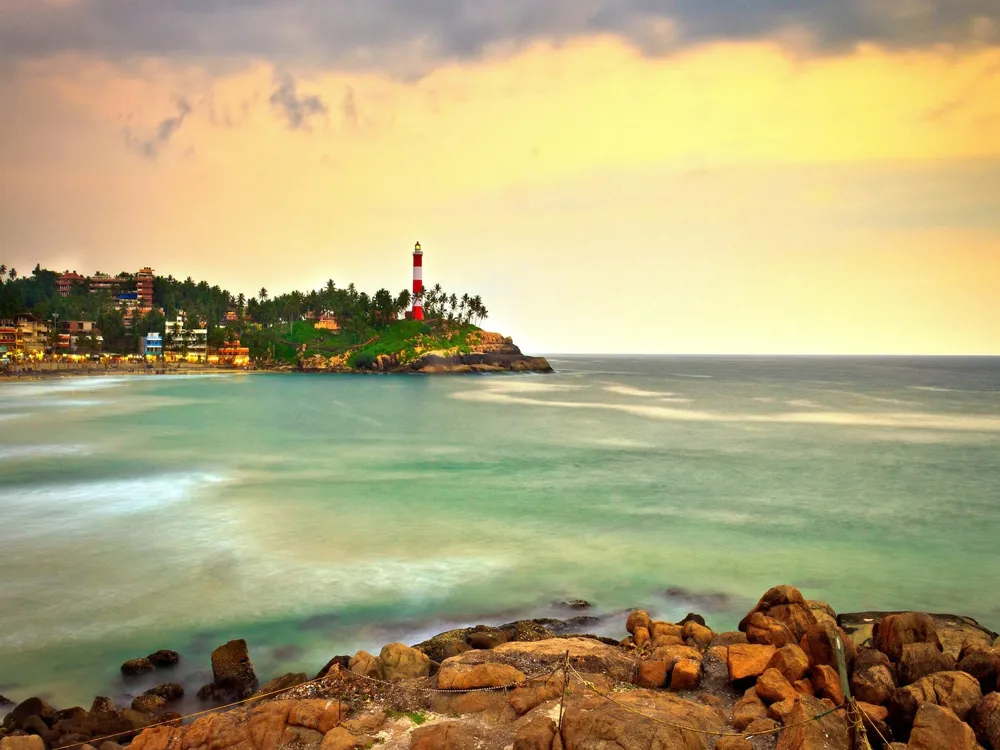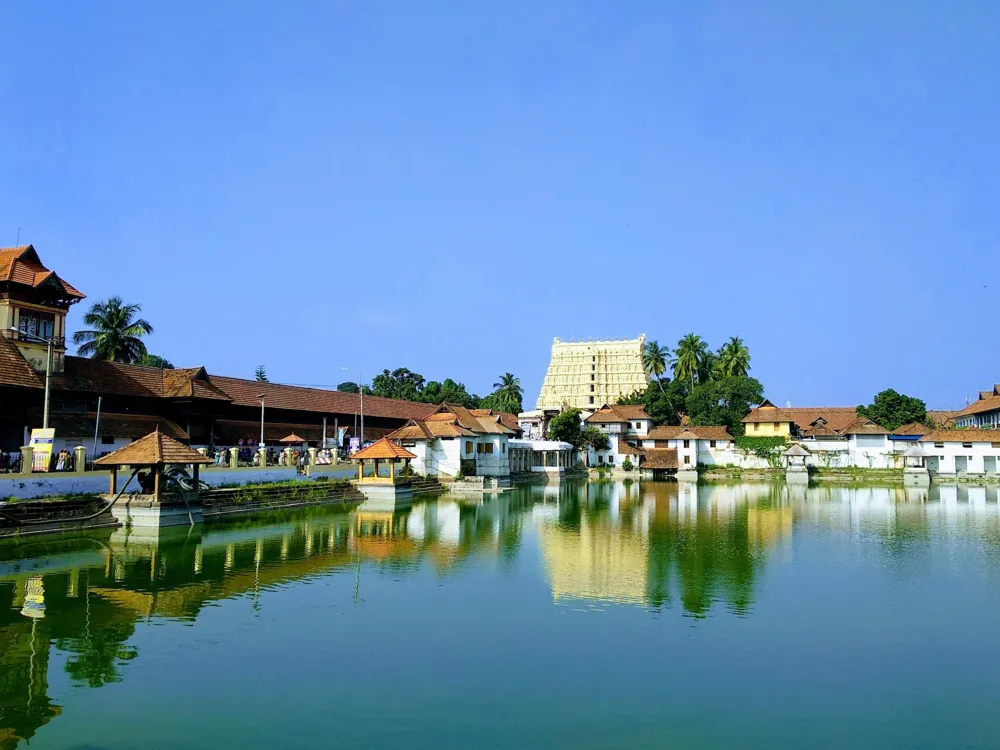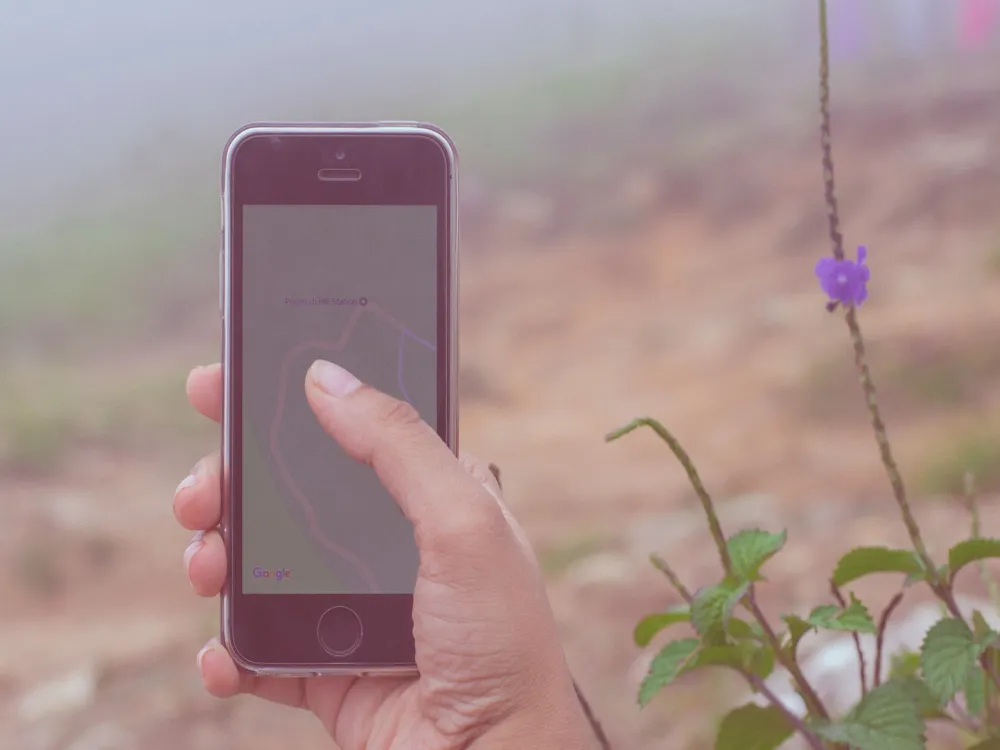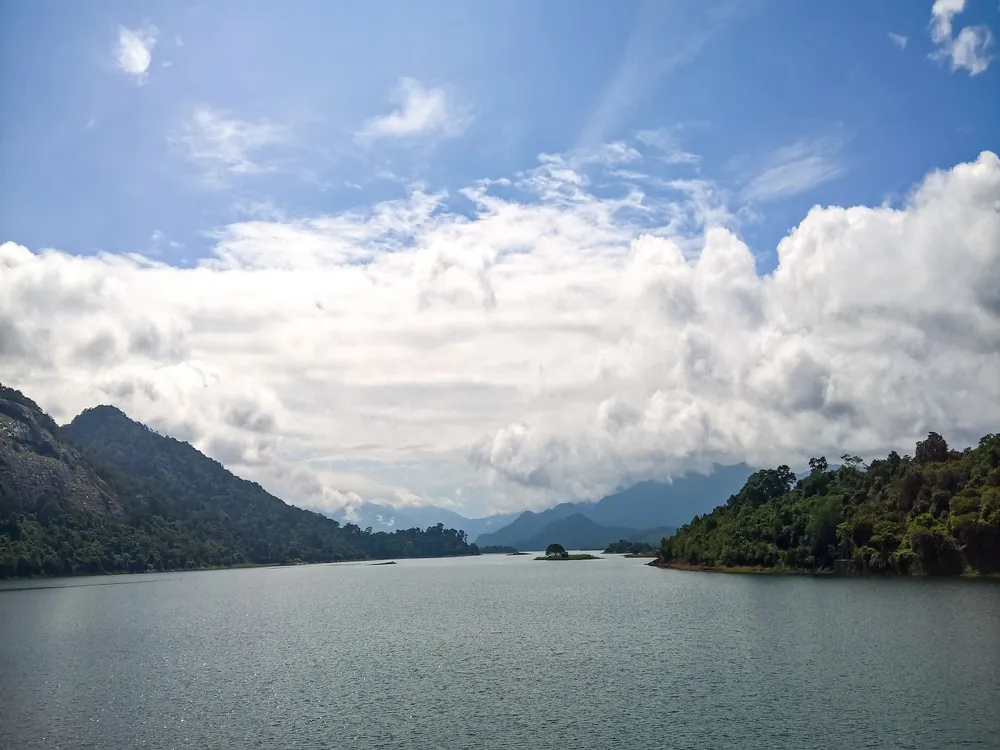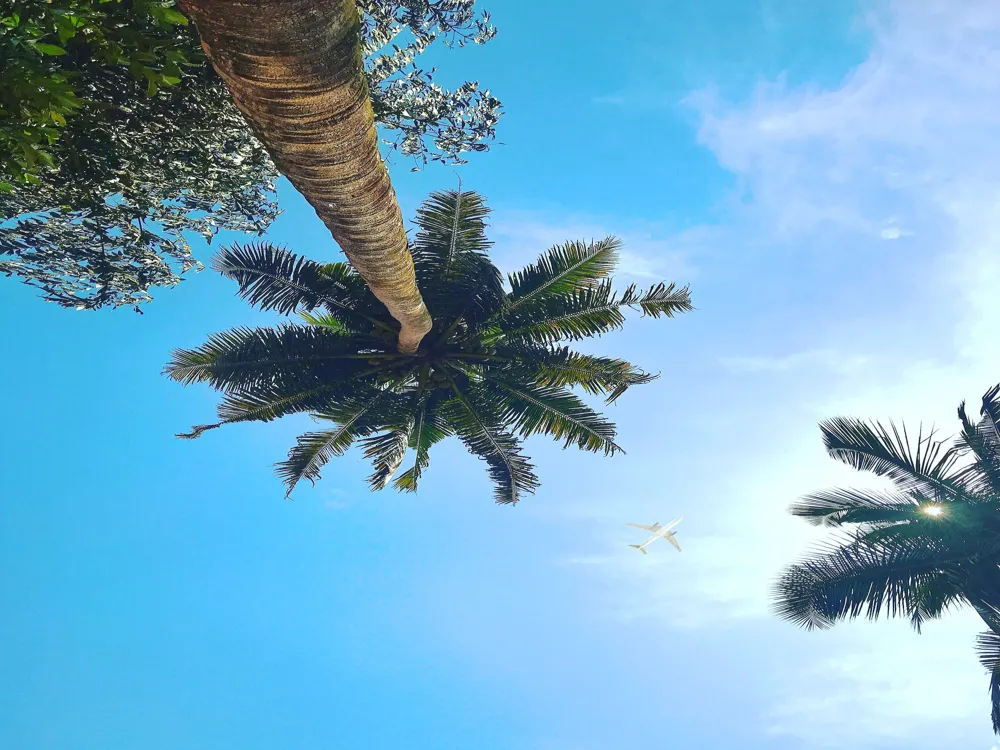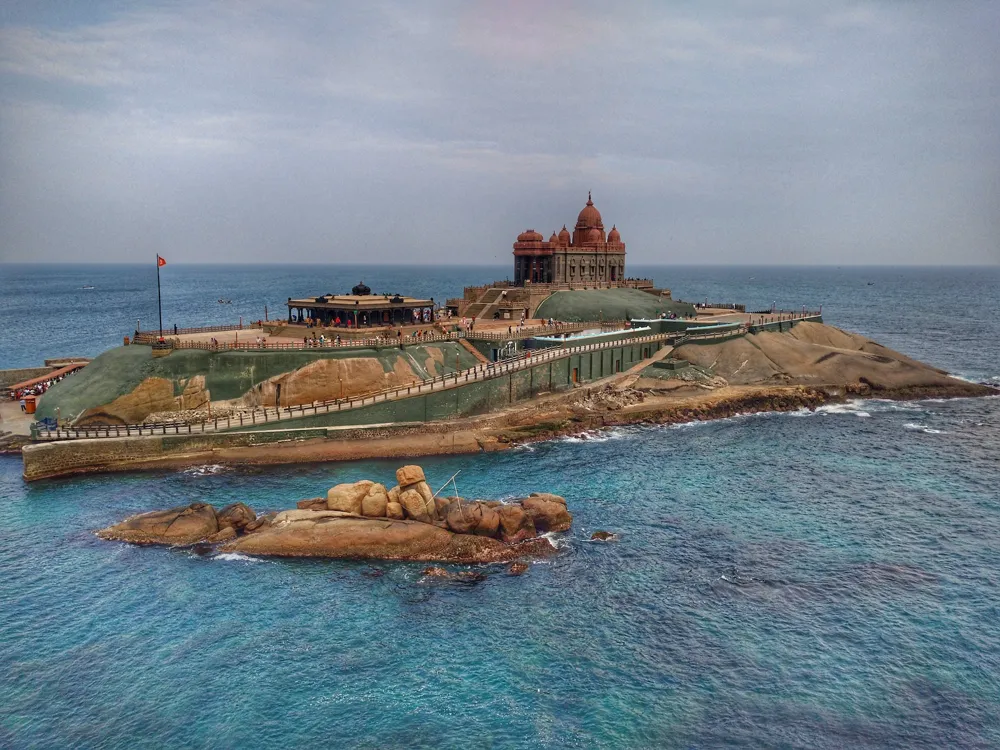Neendakara Port, located in the vibrant city of Kollam, Kerala, is a picturesque and significant harbor that has been playing a crucial role in the state's maritime activities. Situated at the confluence of the Ashtamudi Lake and the Arabian Sea, Neendakara is not just a hub for fishing and trade but also a scenic spot that attracts tourists from all over. The port's history dates back centuries and is intertwined with the cultural and economic development of Kollam. Historically, it has been a gateway for international trade and cultural exchange, contributing significantly to Kerala's status as the 'Spice Coast of India'. As you approach Neendakara, you're greeted by the sight of colorful fishing boats lined up along the shores, nets spread out to dry, and the bustling activities of fishermen. This vibrant spectacle offers a glimpse into the daily life and culture of the coastal community. The port is renowned for its rich marine biodiversity and is a primary fishing hub, contributing a significant portion of Kerala's seafood exports. The Fishing Harbour Project, initiated by the Government, has transformed Neendakara into a modern fishing port equipped with state-of-the-art facilities, including a boat repair yard, ice plant, and cold storage. The architecture of Neendakara Port is a reflection of both its historical legacy and modern advancements. The port’s layout is strategically designed to accommodate a variety of maritime activities. The primary fishing pier, extending into the Arabian Sea, is a robust structure designed to withstand the harsh marine environment. It provides ample space for boats to dock and for the day's catch to be sorted and processed. The integration of traditional architectural elements with modern facilities is a notable feature of Neendakara's design. Adjacent to the fishing pier, the auction hall is a bustling area where the day's catch is displayed and sold. The design of this space prioritizes functionality, with ample ventilation and lighting, ensuring a smooth flow of activities. The administrative buildings at the port blend traditional Kerala architecture with modern design principles. Sloping tiled roofs, wooden frames, and ornately carved doors give these structures an elegant and culturally rich appearance. The port also houses a research and development center, focusing on marine biology and fisheries. This facility features contemporary design with state-of-the-art laboratories and research equipment, encapsulating the port's commitment to sustainable and advanced fishing practices. The ideal time to visit Neendakara Port is between October and March. During these months, the weather is pleasant, and the skies are clear, offering the best conditions for sightseeing and exploring the port. Don’t miss out on the local cuisine, especially the fresh seafood dishes. Restaurants near the port serve delicious traditional Kerala meals that are a must-try for any visitor. Respect local customs and traditions. Dress modestly and be mindful of the cultural sensitivities of the fishing community. Always follow safety guidelines, especially when near the water or on boats. Ensure that you have the necessary safety gear if engaging in any water-related activities. Consider taking a guided tour. Local guides can provide insights into the history, architecture, and operations of the port, enhancing your experience. Reaching Neendakara Port is convenient due to its well-connected transport network. The nearest airport is Trivandrum International Airport, about 71 kilometers away. From there, you can hire a taxi or take a bus to Kollam. Kollam itself is well-connected by rail and road, with frequent train and bus services from major cities in Kerala and neighboring states. Once in Kollam, Neendakara Port is a short drive away. Local transportation options like auto-rickshaws and taxis are readily available for this last leg of the journey. Read More:Overview of Neendakara Port, Kollam, Kerala
Architecture of Neendakara Port
Tips When Visiting Neendakara Port
Best Time to Visit
Local Cuisine
Cultural Etiquette
Safety Precautions
Guided Tours
How To Reach Neendakara Port
Neendakara Port
Kollam
Kerala
₹ 20,300 onwards
View kollam Packages
Kollam Travel Packages
View All Packages For Kollam
Top Hotel Collections for Kollam

Private Pool

Luxury Hotels

5-Star Hotels

Pet Friendly
Top Hotels Near Kollam
Other Top Ranking Places In Kollam
View All Places To Visit In kollam
View kollam Packages
Kollam Travel Packages
View All Packages For Kollam
Top Hotel Collections for Kollam

Private Pool

Luxury Hotels

5-Star Hotels

Pet Friendly







